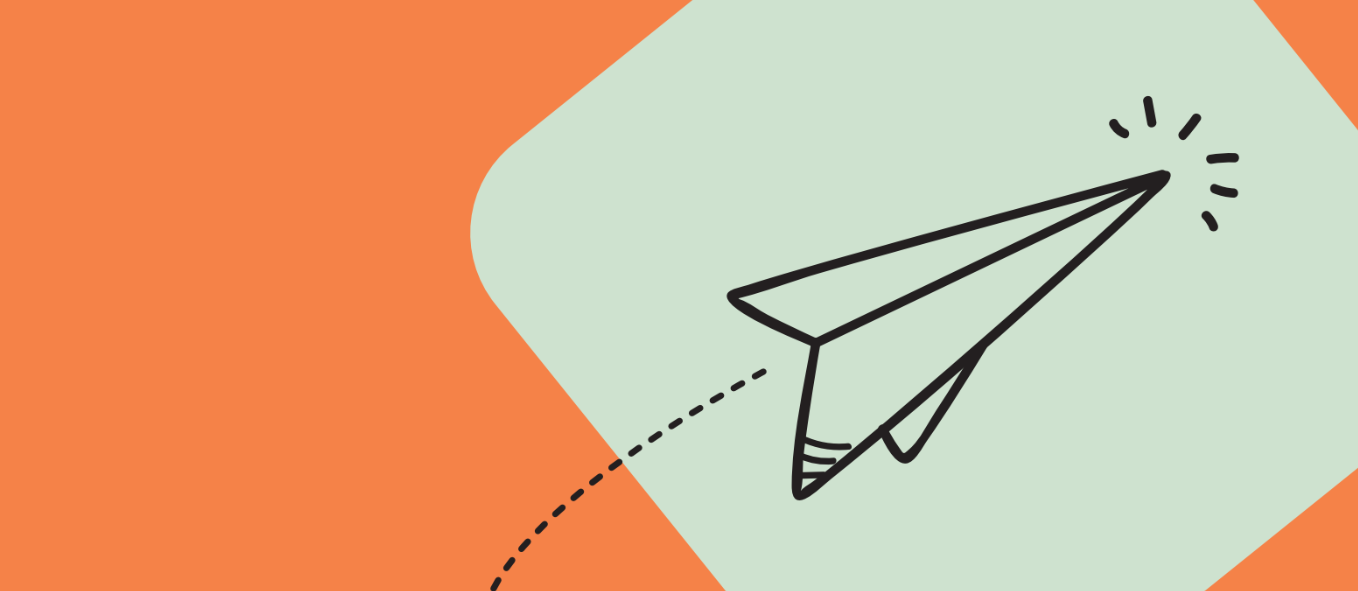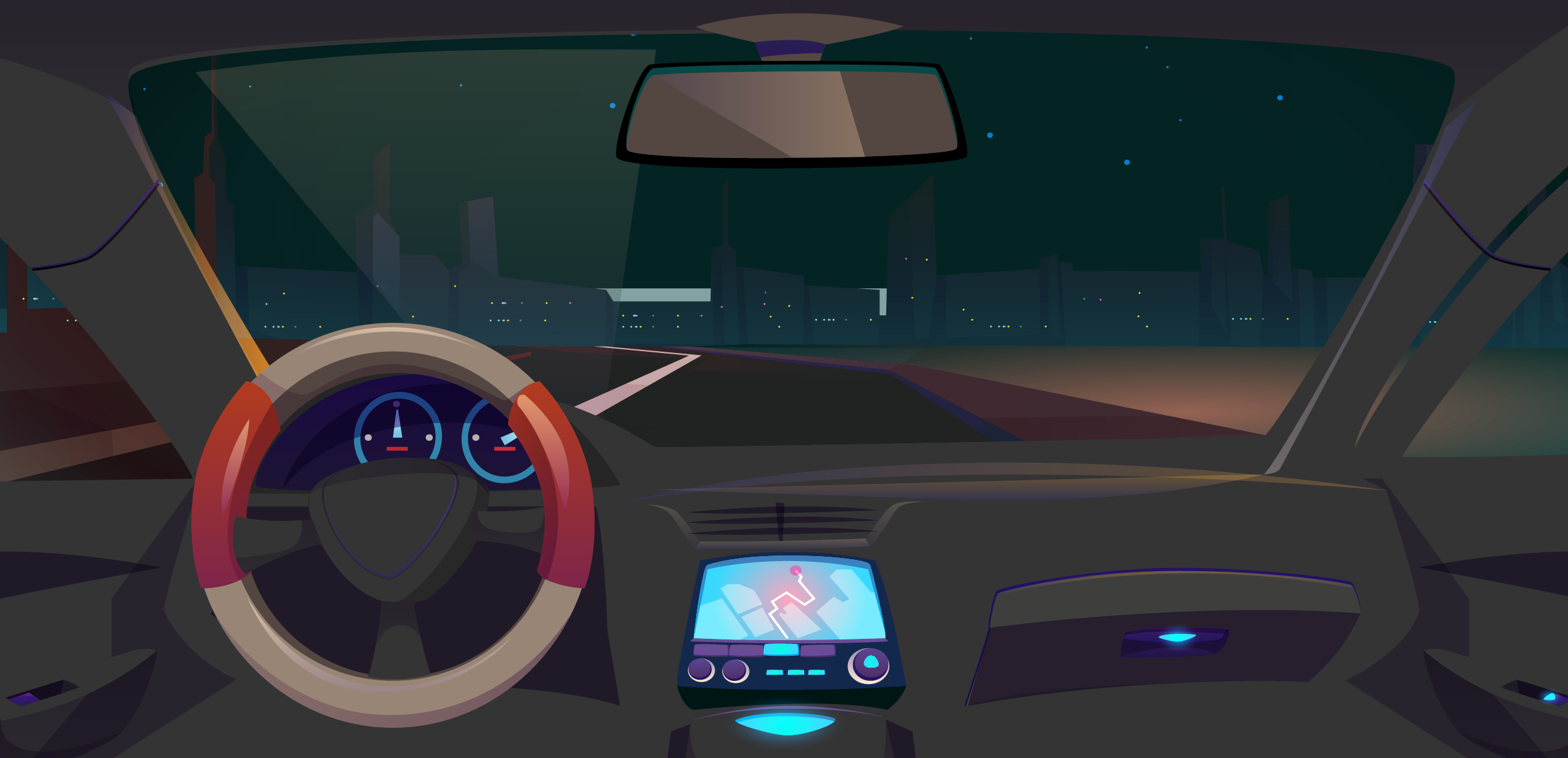The native advertising train has left the station – are you on It?
By Asaf Shamly | January 28, 2021

Native ads have been a hot topic in the advertising marketplace for a while now. They offer an exciting method for digital marketers to engage with the consumers. Native ads are designed to feel “native” to the hosting website, mimicking its look and feel. Some of the biggest publishers have already jumped on the native ads bandwagon.
Native ads have risen in popularity because they offer large benefits to both publishers and users.
Native Ads: Formats
The Interactive Advertising Bureau (IAB) has highlighted the following six formats for displaying native ads on your website:
1. In-feed Units
In-feed units can generally be divided into two different forms—you can either use them for sponsored content or for in-feed promotions. Basically, these are sponsored content ads that mirror the look and feel of the feed directly.
2. Paid Search Units
On the other hand, paid search units are direct-response advertisements that you will usually find posted in search results windows.
3. Recommendation Widgets
This is still a growing category, as advertisers look for new channels to advertise their products. This allows websites to monetize ads by recommending content through different types of widgets.
4. Promoted Listing
A promoted listing is a direct response ad that is designed to make your browsing experience similar to in-feed promotions. You won’t find such ads on websites that have conventional editorial content.
5. In-Ads
In-ads, despite their clever name, are designed to offer content that’s contextually relevant. They are much easier to integrate into different websites and can be scaled according to the viewer’s requirements.
6. Custom
The custom format is specific to the needs of the visitor. They are native, but since they are custom-sized, they cannot be contained in any of the above-mentioned categories.
Native Ads: Benefits
Now that you know about the main types of native ads, let’s discuss some of the benefits they offer.
1. User Engagement and Visibility
Studies have indicated that the visual attention for native ads is much higher than standard banners. According to research, consumers view native ads 53% more frequently than ordinary ads. The Native ads look and feel like the surrounding content and offer a powerful advantage for companies to interact with targeted consumers while creating brand recognition.
2. Mobile
Mobile has become the future of the web, and native ads are likely to be the prime option for mobile marketers, the astonishing growth rate can’t be ignored as engagement rates on smartphones and tablets show high CTR for native ads in comparison to the display industry benchmarks. According to estimates from Facebook and HIS, a vast majority of online revenue will be generated from native advertising by 2020.
3. Easy to get started
The easy setting of native ads is also contributing to its success among marketers. Google’s DFP ad server can take a single ad provided by the publisher, and then use it in a number of different layouts, making it easier for one ad to appear in various sizes on different devices.
4. More Effective
According to one study, native ads lifted purchase intent by 18% and increased brand affinity by up to 9%, as compared to standard banner ads. The goal of pushing a customer towards a sale is not the main goal of Native Advertising, it is always important to make the right decision regarding a call to action. With the right call-to-action, your message will be more clear and gain more trust from the user.
5. Builds Up Relevance
The more you engage with an audience in a language that they understand, the more your business potential will grow. Native ads are like an extension of the site or app’s experience. The difference between standard ad units like banners, interstitials, and auto play videos is its alignment with the website design and content, creating a cohesive experience. The native ads should be in the same look and feel as the content they are next to, therefore increasing the relevancy to users.
6. Native Ads Meet Programmatic Buying
Native advertising has been around for some time now and so has programmatic ad buying, but so far, the two have existed independently of each other. Now advertisers can buy native ads programmatically with DoubleClick Bid Manager. Buying and selling native ads programmatically, makes the process easier for marketers when delivering native ads across all screens and formats.
7. Increased Sharing
According to a study conducted by IPG Media Labs, people are 32% more inclined to share native advertisements than conventional ones with their friends. It’s a great way to spread awareness of your products.
8. Leverage Networks
Native advertisements work exceptionally well with social media platforms. If you have a platform with a high following, you can leverage the network to target ads towards a larger user base.
As you can see, native advertising is taking the internet world by storm and is well on its way to becoming mainstream and widely adopted by publishers all over the Web.
Publishers constantly look for new optimization tactics for their mobile sites, on the content side, user experience side and the monetization side. Another unique solution for mobile web publishers is Browsi, providing publishers with the ability to automatically optimize ad layout & supply in each and every mobile web article.
Latest Articles
-

What Sales Got Right About Competitive Intelligence – and Why It’s Time for Advertisers to Catch Up
In sales, competitive intelligence became second nature — the reason teams know why deals were won or lost. Advertisers, on the other hand, are still optimizing in the dark. It’s time to bring the same discipline to marketing, and finally see beyond surface-level metrics.
View Now -

AI is Rewriting the Attention Economy, Advertisers are at Risk of Getting Sidelined
AI is rewriting the attention economy. Perplexity’s “citations, not clicks” payouts and Cloudflare’s pay-per-crawl model mark a new phase where platforms set the rules of visibility. Unless brands and agencies demand clarity, control, and real behavioral signals, performance will be optimized to interfaces, not outcomes.
View Now -

When Agentic AI Takes the Wheel, Who’s Watching the Road?
Speed feels like smarts in advertising, but most “autonomous” systems optimize on labels and averages rather than behavior in context. They can’t see scroll, true in-view time, ad density, or what happens after the impression. Data without depth is a liability; the edge now is first-party, behavior-rich signals learned across environments.
View Now
